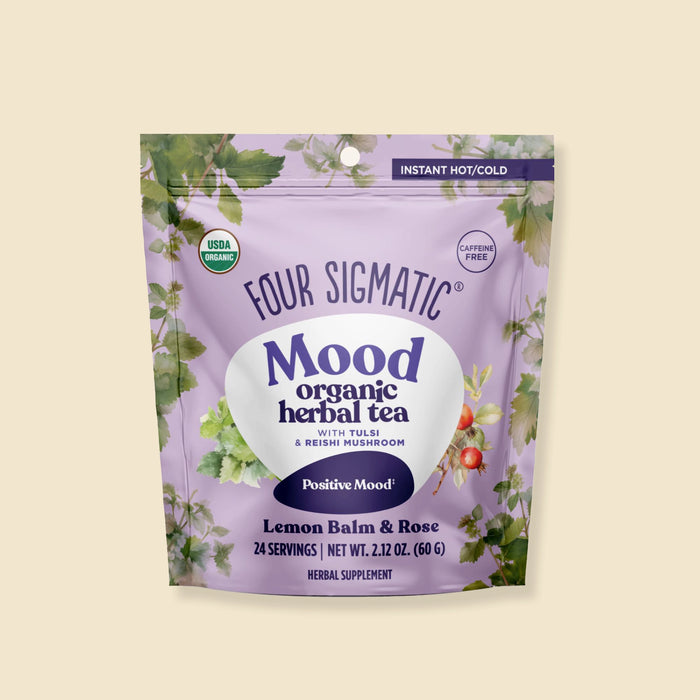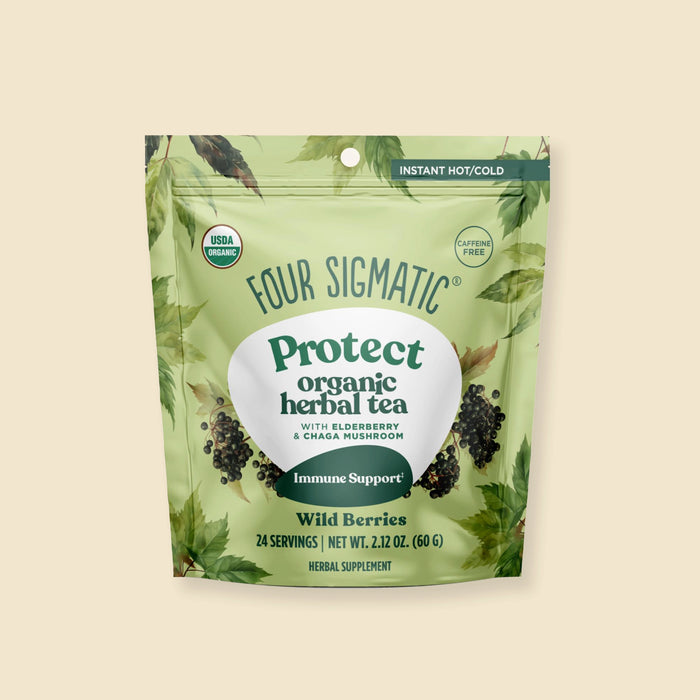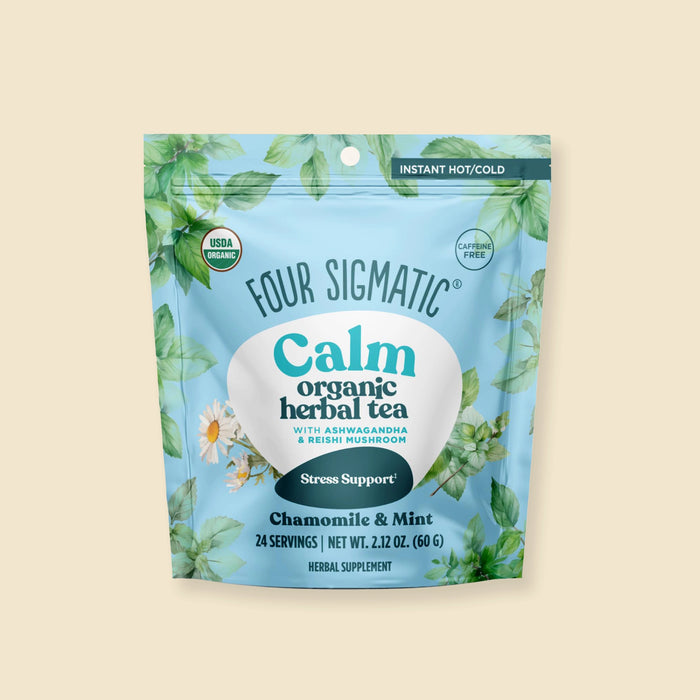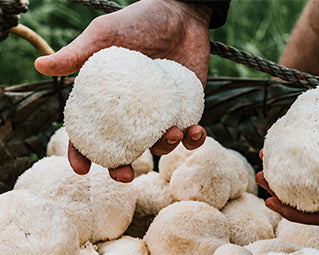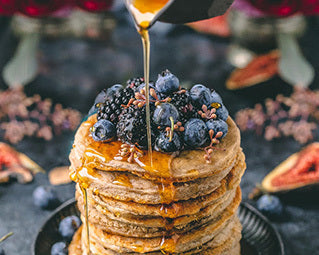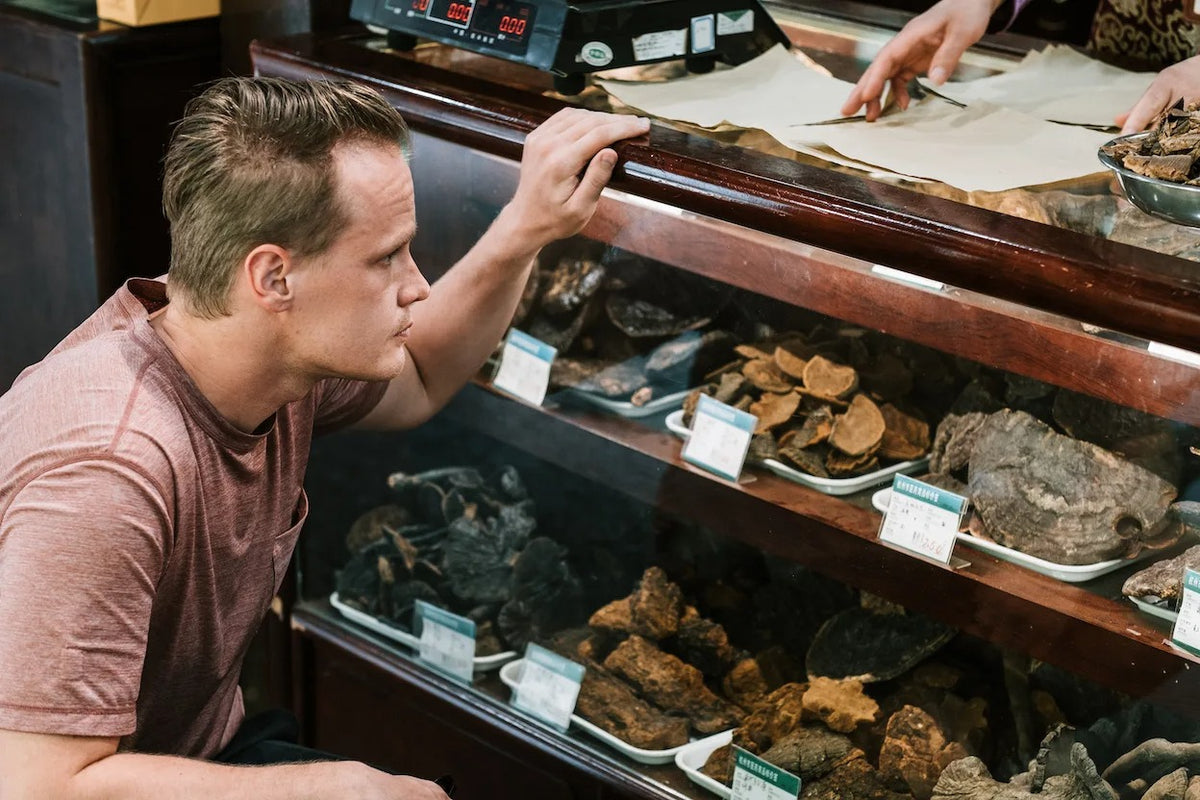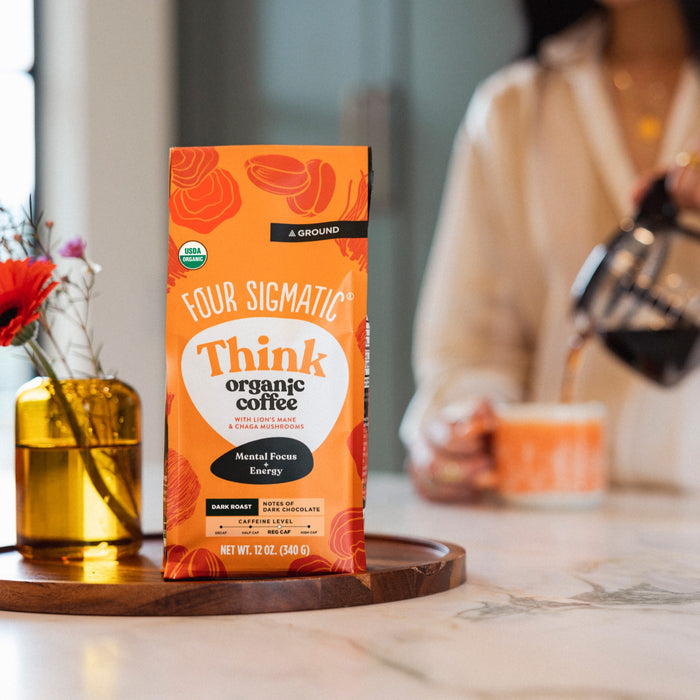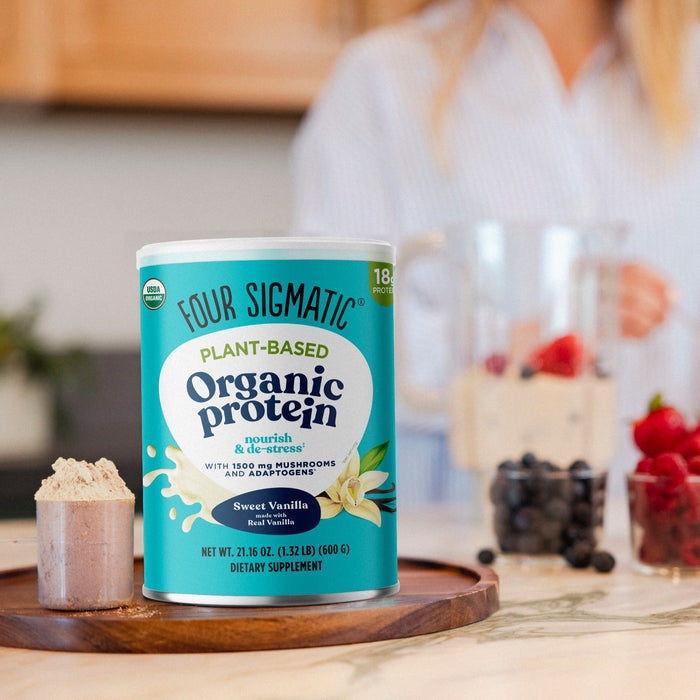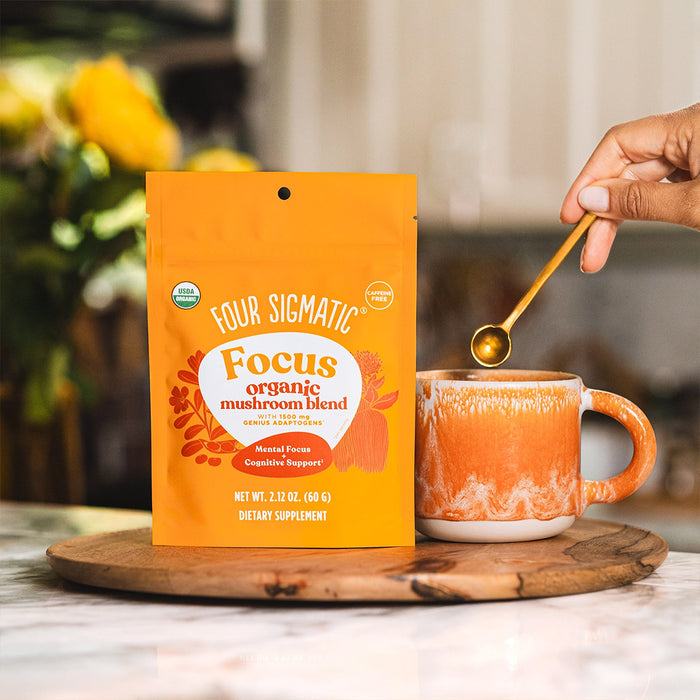It’s no secret I love mushrooms. Not the standard white button mushrooms available on grocery store shelves (though let’s be honest, I love those too), I’m talking superfood functional mushrooms.The kind that grow in deep, dense forests and on fallen logs and trees, and have been used for thousands of years.While the rest of the world has taken some time to warm up to these superfood, adaptogenic mushrooms, thankfully the tides are changing.But with a kingdom that contains over 1.5 million fungi and mushroom varieties, it’s understandable to feel a little confused. After all, not all of those species are edible mushrooms. Some are poisonous mushrooms, some are psychedelic, and some are just plain tasty!Today I’m sharing six of my favorite functional edible mushrooms, along with some interesting history.
Reishi mushroom

Need to chill out? Try Reishi. Also called lingzhi in China, which signifies longevity and spirituality, Reishi has been used in traditional Chinese medicine for over 2,000 years. Reishi is so esteemed that in ancient scroll paintings, it’s often depicted as the “bridge between Earth and Heaven”. Other nicknames for this regal fungi include “mushroom of immortality,” “mushroom of spiritual potency,” and “ruler of herbs”.As an adaptogen with the ability to support occasional stress and restful sleep, it's an amazing nightly ritual to add to your wellness routine. Because it has a naturally bitter taste, I like to pair it with rich cacao for guilt-free hot cacao.
Lion's Mane mushroom

One look at Lion’s Mane mushroom and you’ll understand where it got its name. Fluffy, bright white, and typically found growing on hardwood trees, this shaggy mane mushroom has a delicious meaty texture often used in cooking.But the benefits of Lion’s Mane extend far beyond your dinner plate! Known as your brain's best friend, Lion's Mane has been used by Buddhist monks to help focus during meditation. I love it for creativity and productivity during busy work days.
Chaga mushroom

An outlier of sorts in the mushroom kingdom where warm and humid is the preferred climate of most fungi, Chaga grows in cold environments, like Siberia, North Korea, Canada, and some colder parts of the United States.Fun fact: during WWII Chaga tea was the Finnish coffee substitute, due to coffee rations. The flavor and color is very similar to medium roast coffee. With Chaga, the general rule is the more mature the chaga, the better; taking between 15 to 20 years to fully age. Overflowing with antioxidant properties and beta-glucans, Chaga is often brewed as a tea to help support the immune system. It can also be ground into a powder and consumed that way for the same reason.
Cordyceps mushroom

Used in traditional Chinese medicine for centuries, wild Cordyceps' origin story reads like a science fiction novel. It begins its life as an endoparasitoid, meaning it grows as a parasite, typically on caterpillars. (Our Cordyceps is much friendlier; we don't use caterpillars in our production process and our products are vegan-friendly.) Cordyceps are most commonly used for athletic performance, to support stamina and endurance. It helps you to move and get going.
Turkey Tail mushroom

Turkey Tail mushroom looks just as you’d imagine it – like a fanned-out turkey tail with stripes of varying colors radiating out from the edges. Turkey Tail is a polypore, meaning the fruiting body grows on the underside of the mushroom. It grows on fallen and dead trees and is quite abundant worldwide.
This mushroom is best used as a tea because of its super chewy texture, although Turkey Tail can be eaten as-is (if you really wanted to). Additionally, the prebiotics and antioxidant properties in Turkey Tail help to support and guard your gut.
Tremella mushroom

Stories are told about Tremella’s ability to achieve a “face that puts flowers to shame.” It is a very hydrating functional mushroom (it can hold up to 500 times its weight in water!!) and helps your skin to truly glow. While it may look a little like a shower loofah, the taste is very subtle. Of all the functional mushrooms it’s the easiest to mix into basically any food or drink.
 Coffees
Coffees
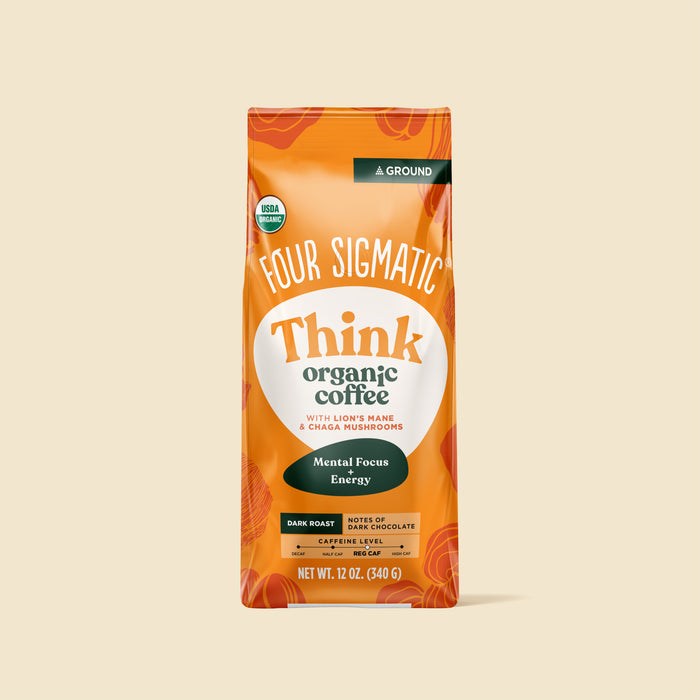
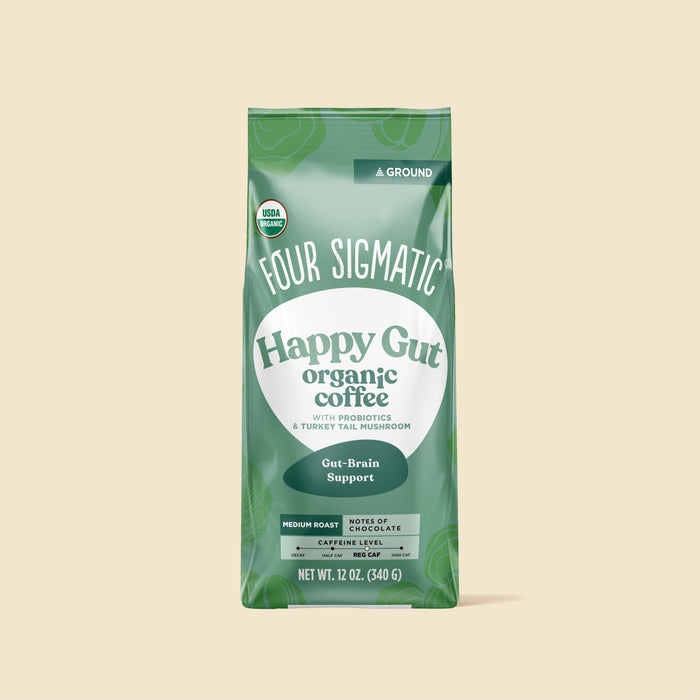
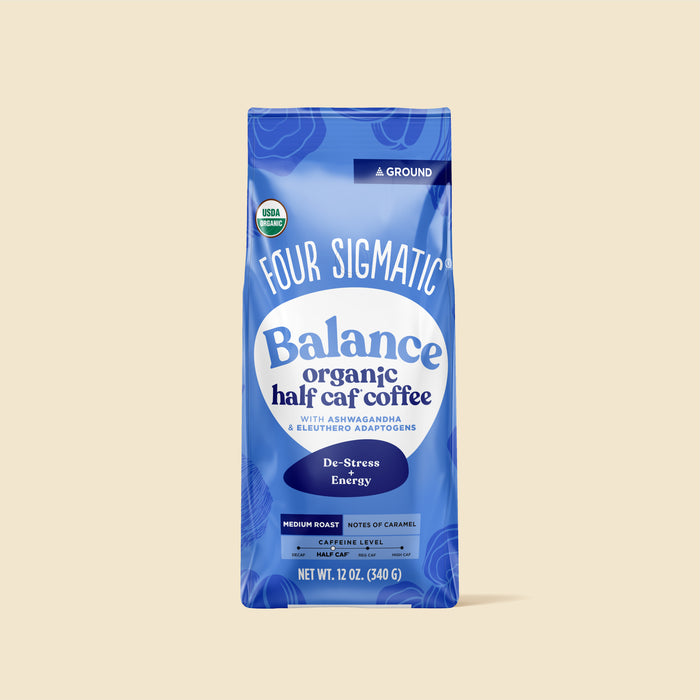
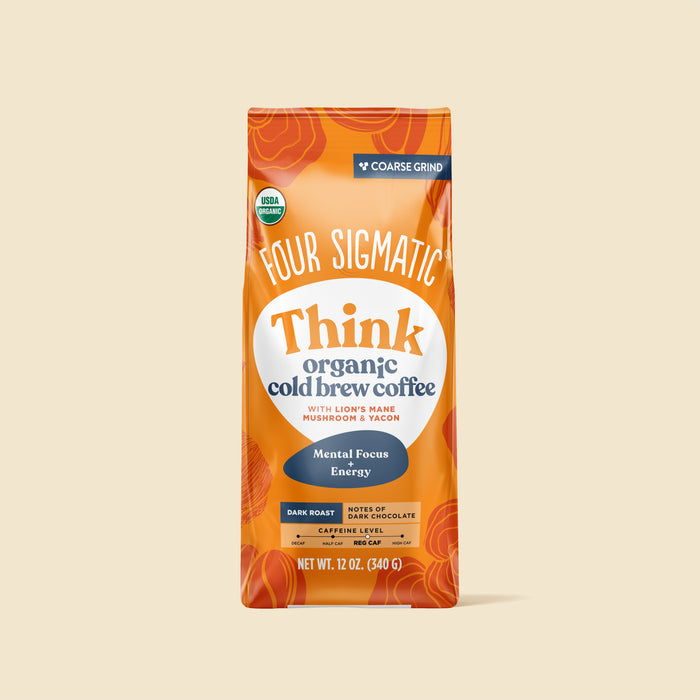
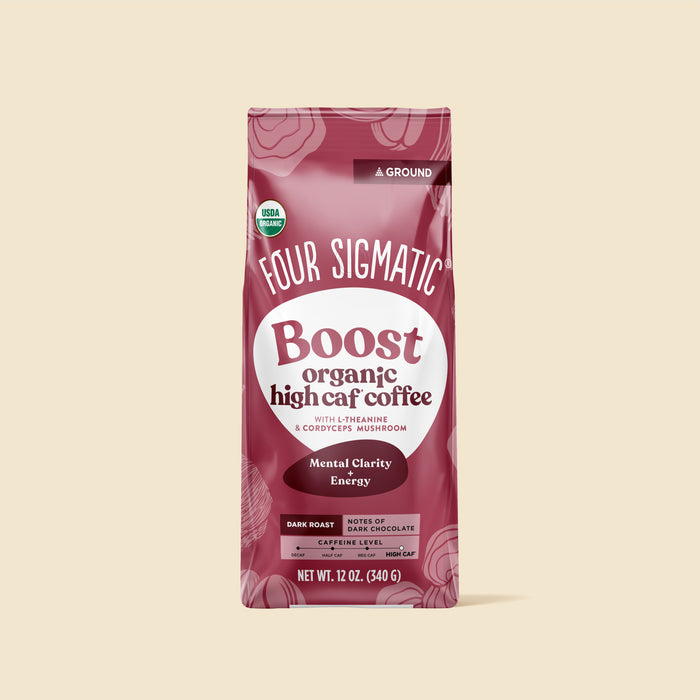
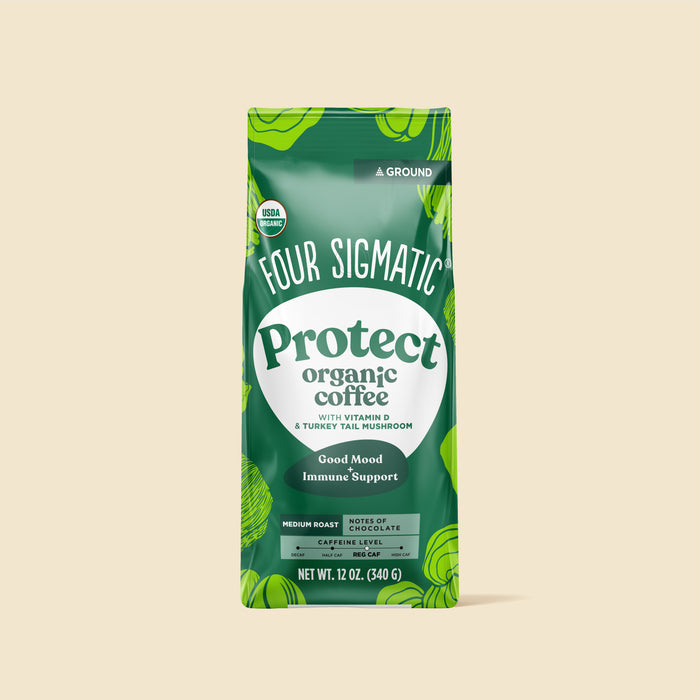
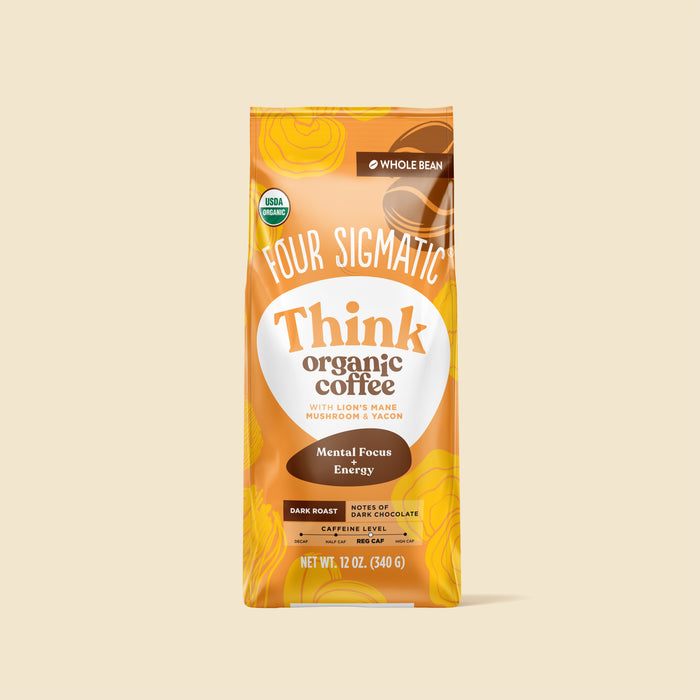
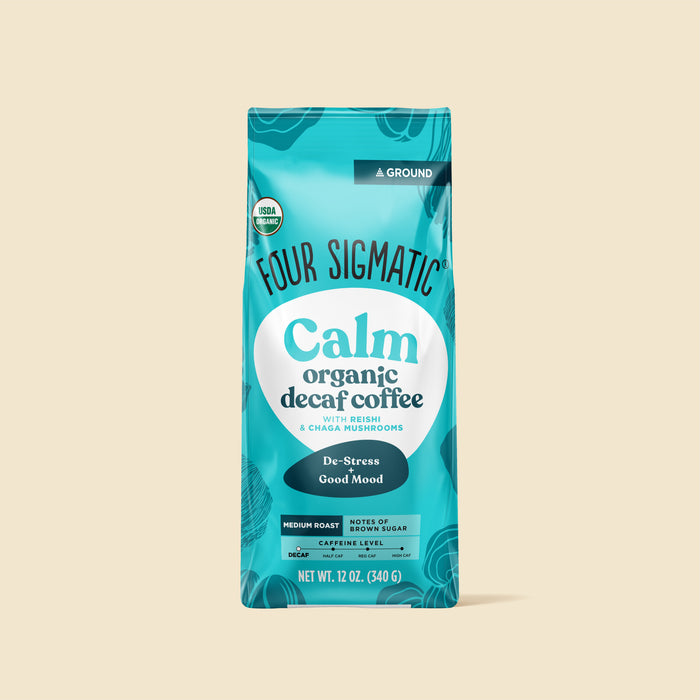
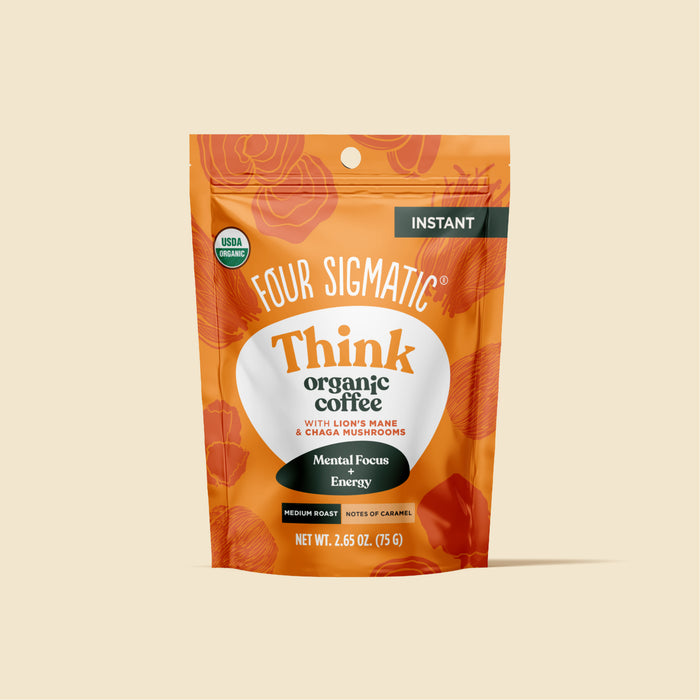
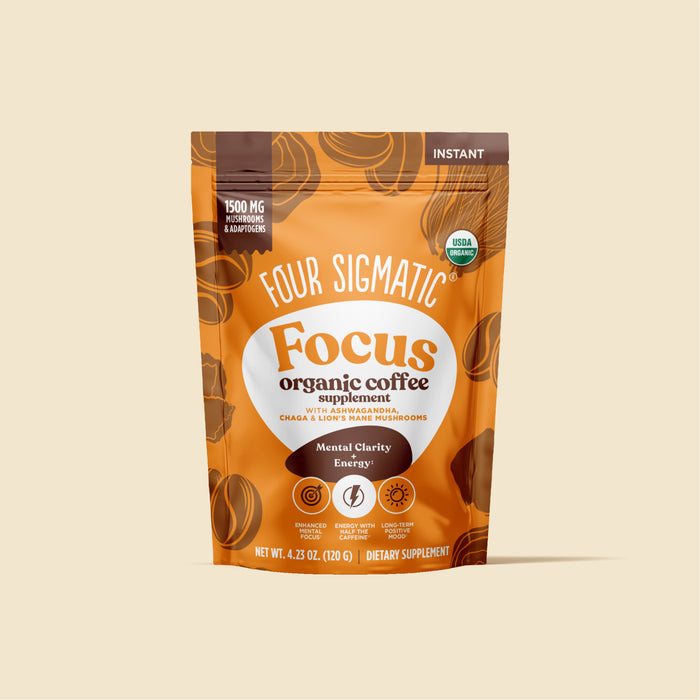
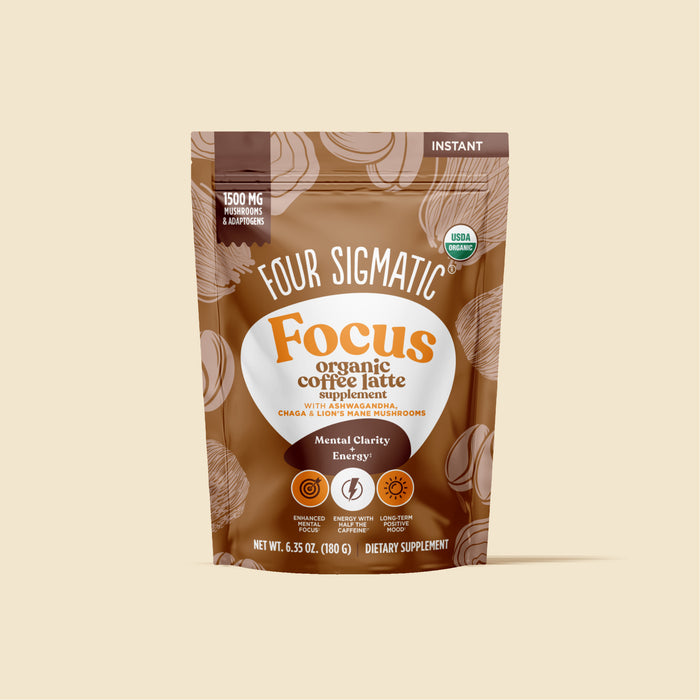
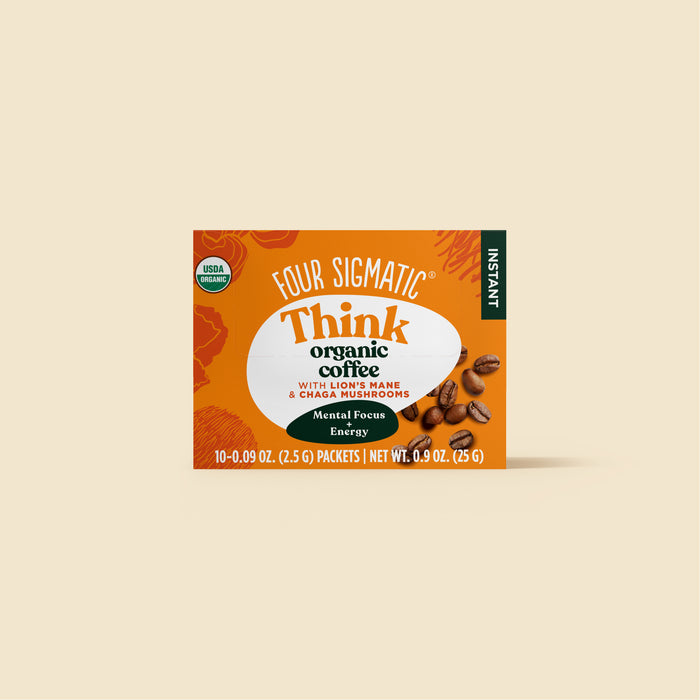
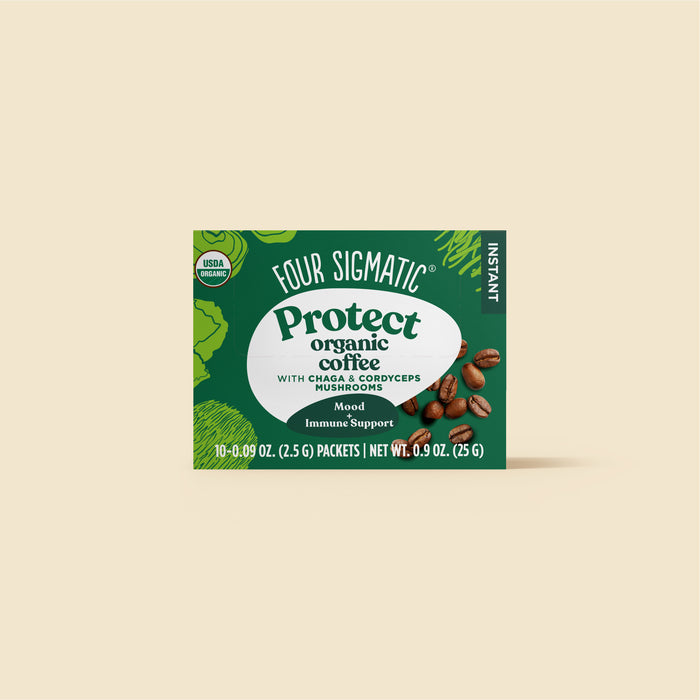
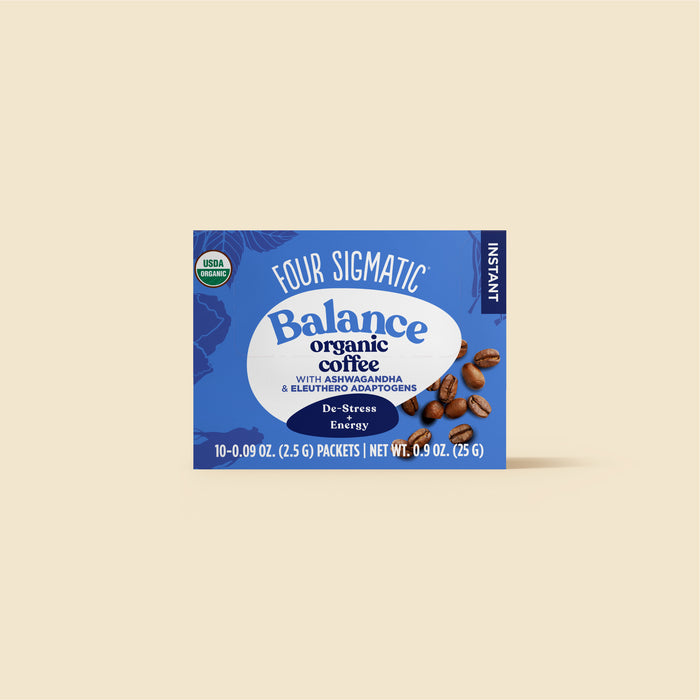
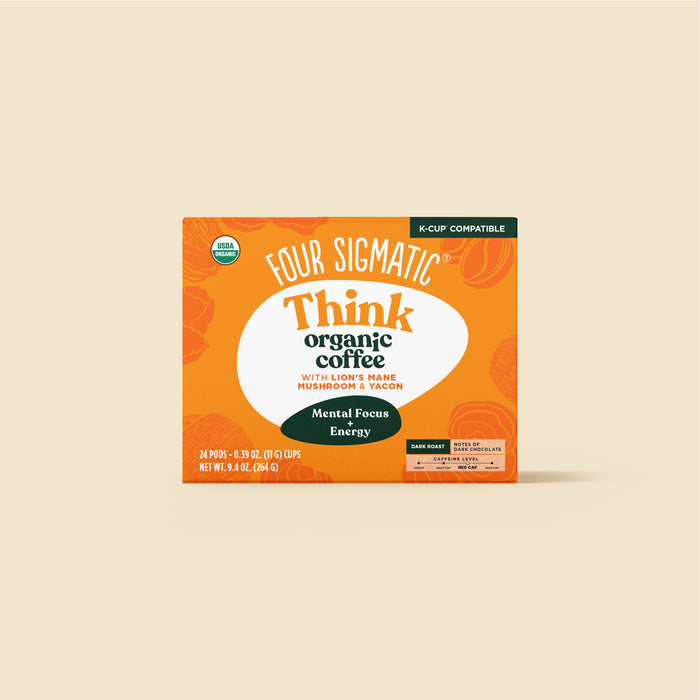
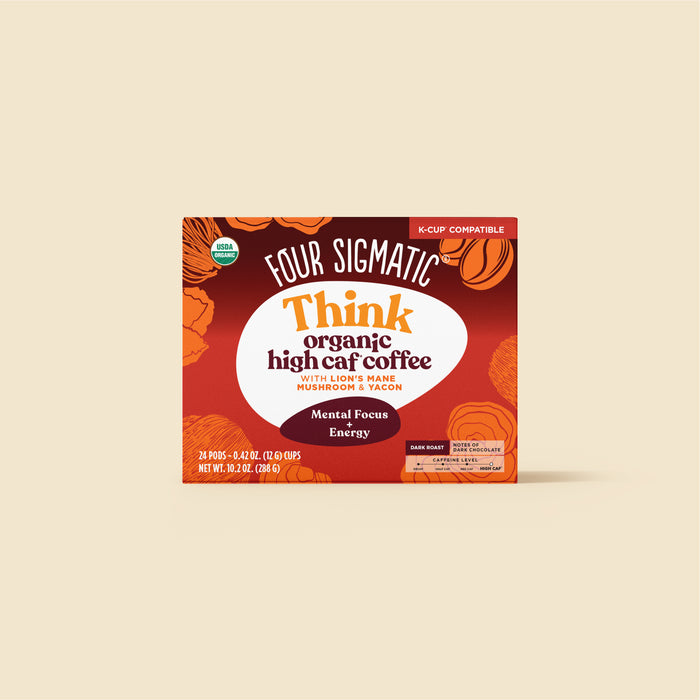
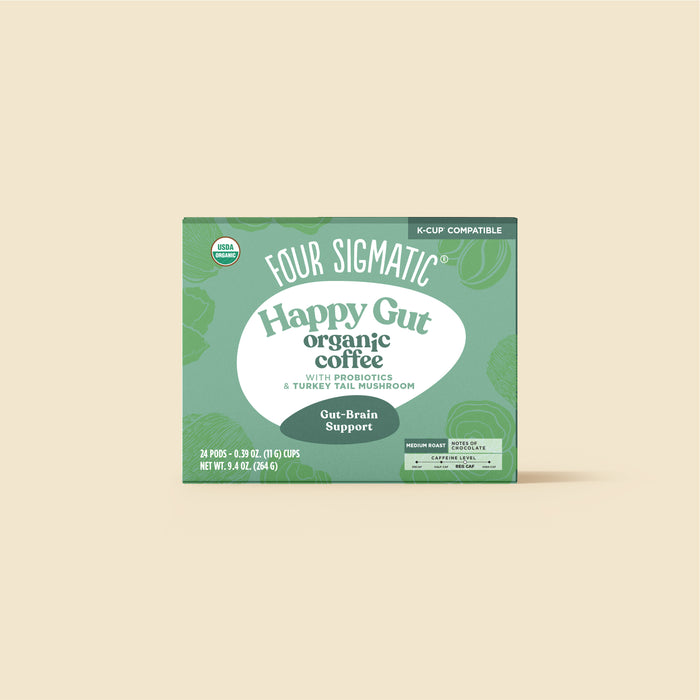
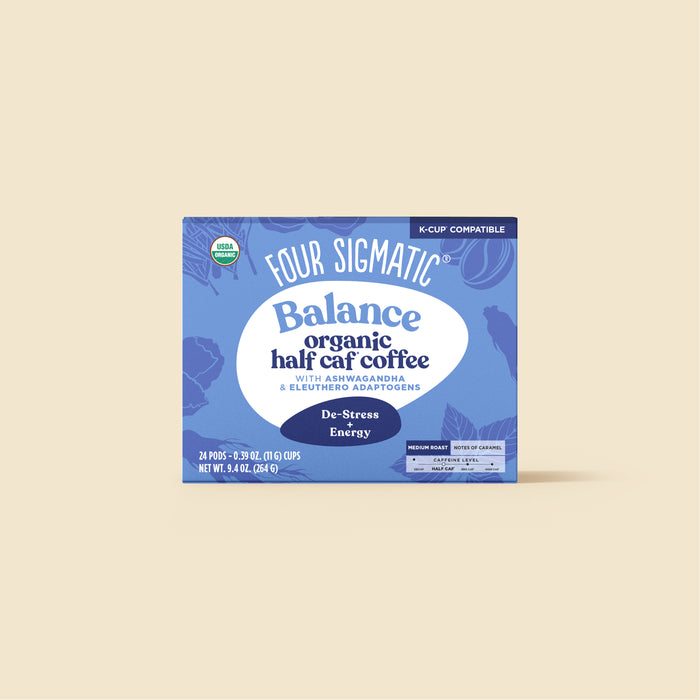
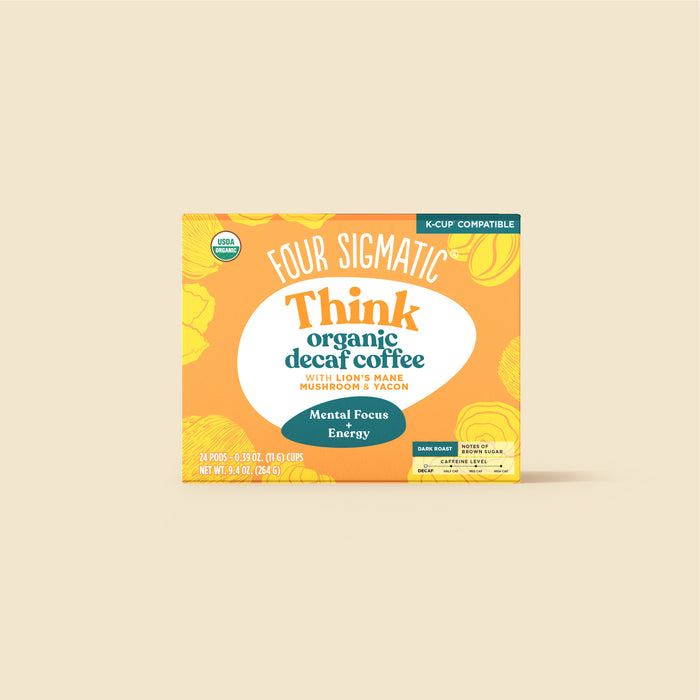
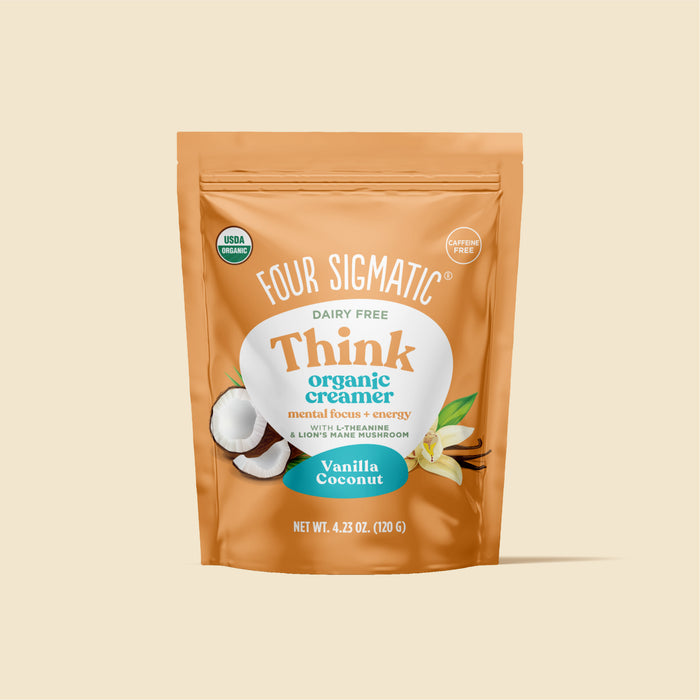
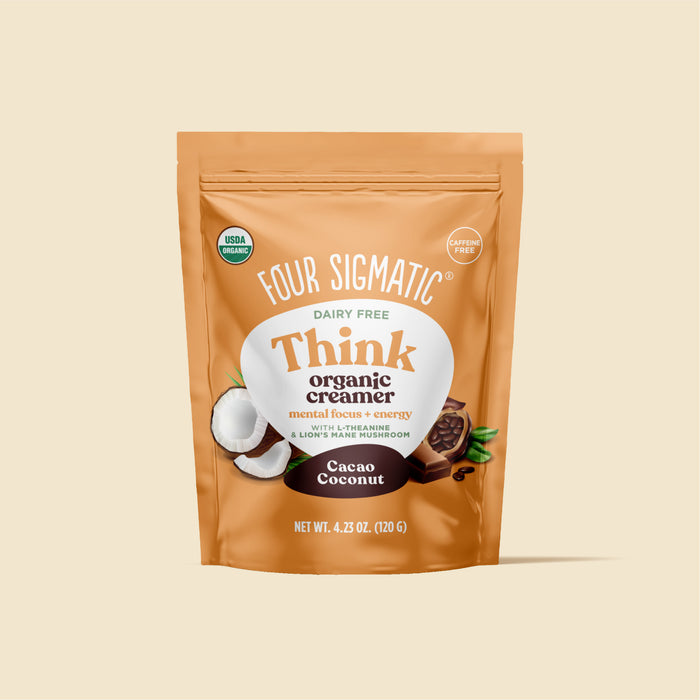
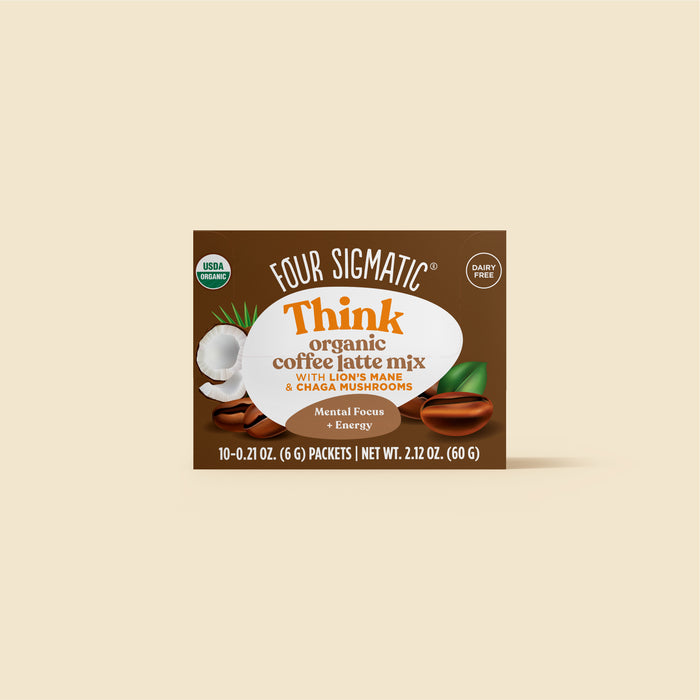

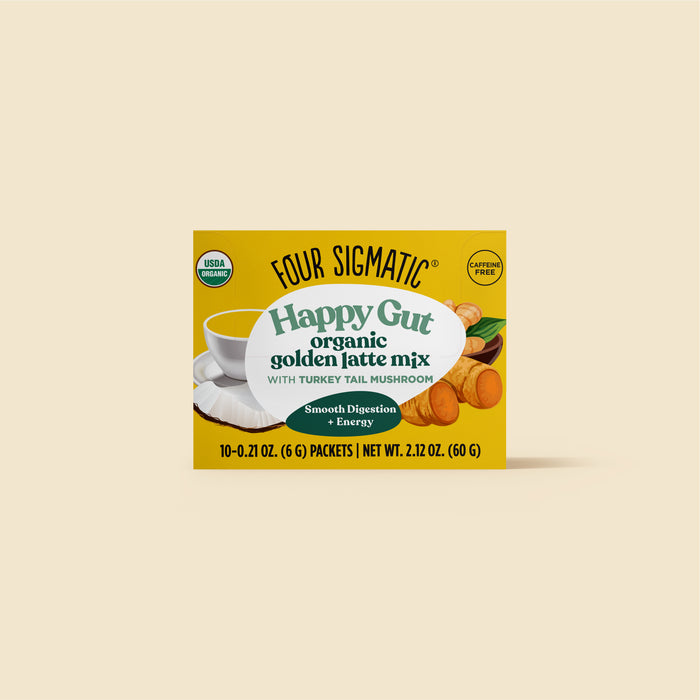
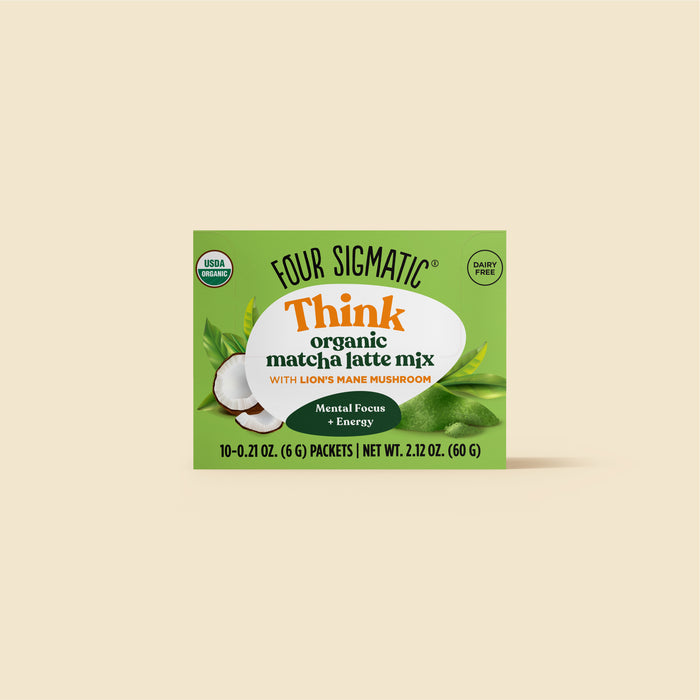
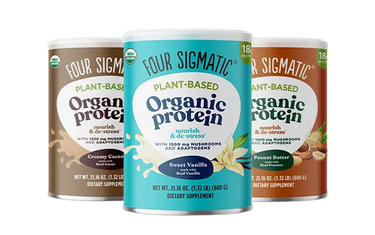 Proteins
Proteins
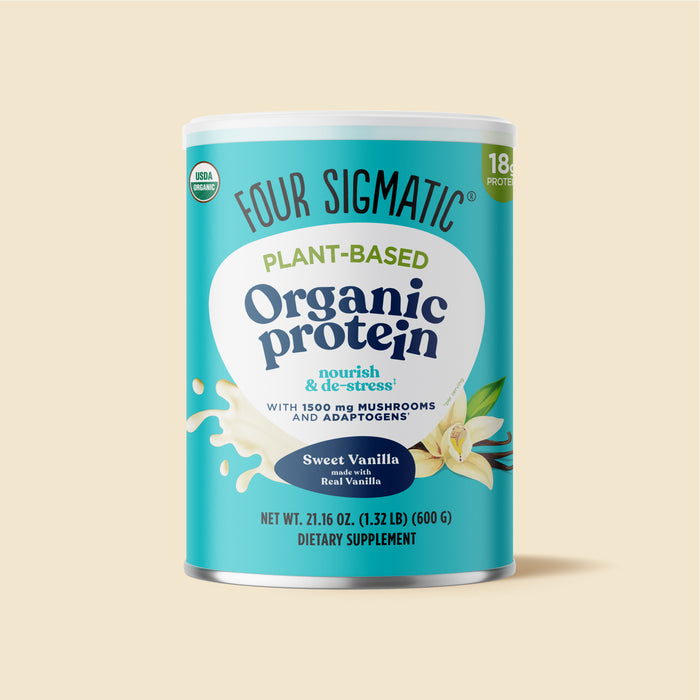
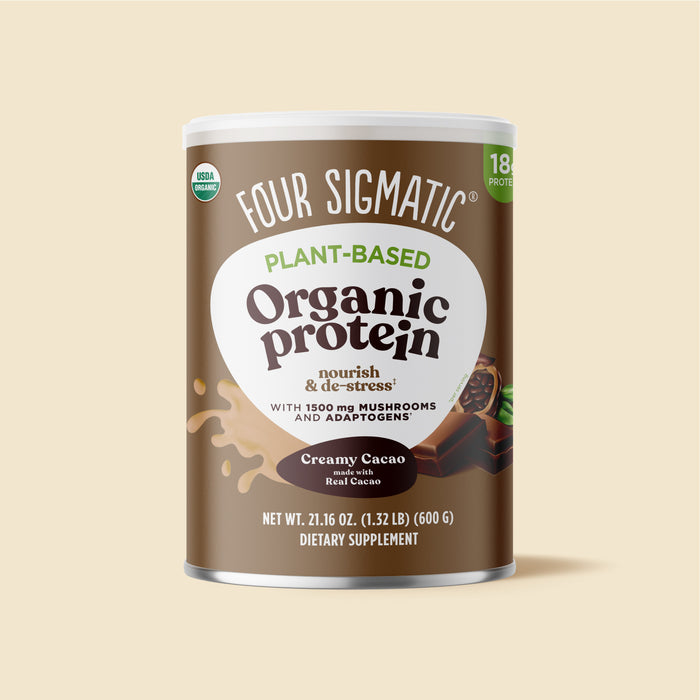
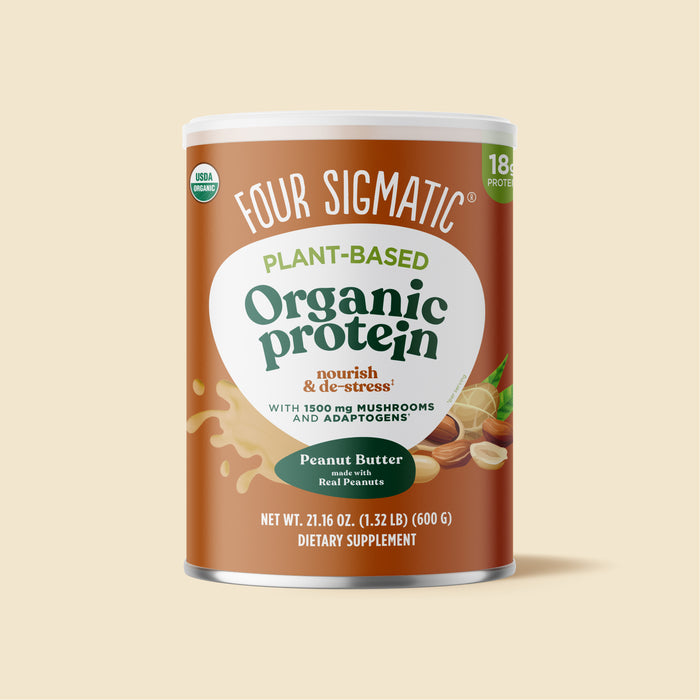
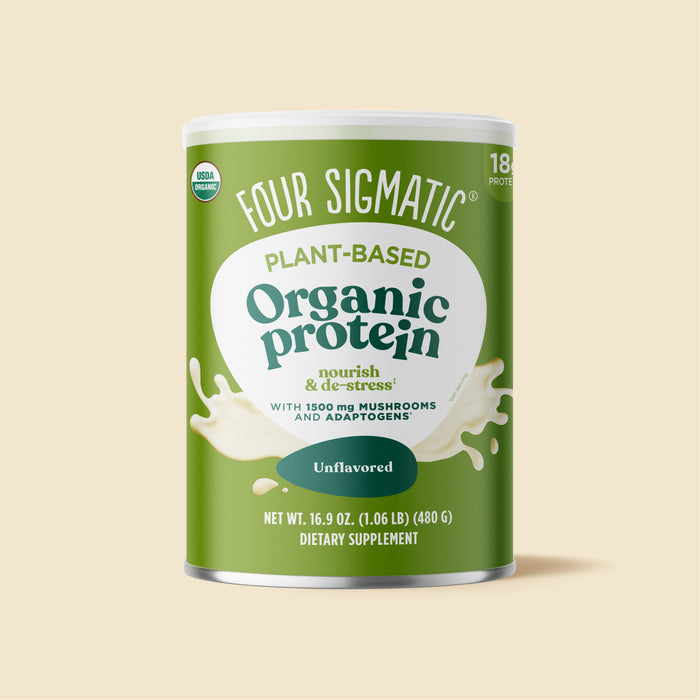
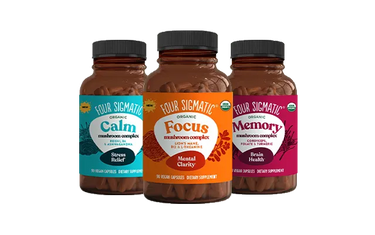 Supplements
Supplements
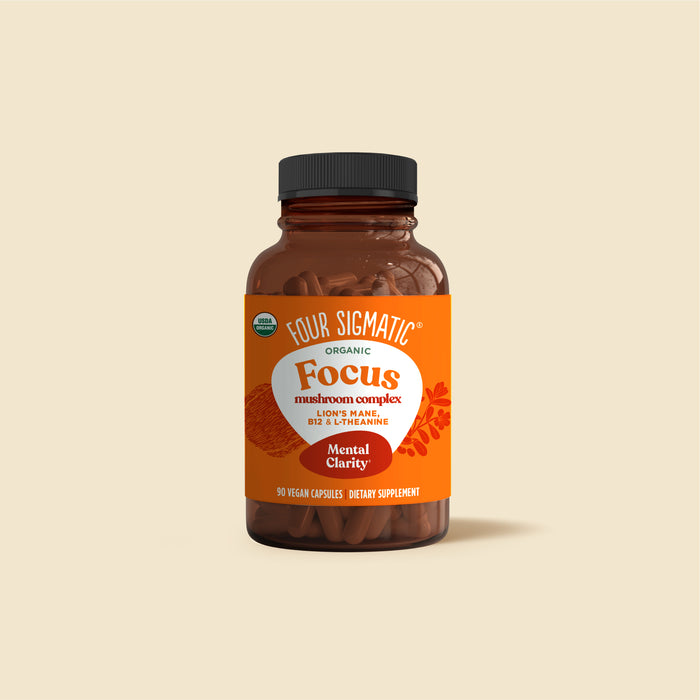
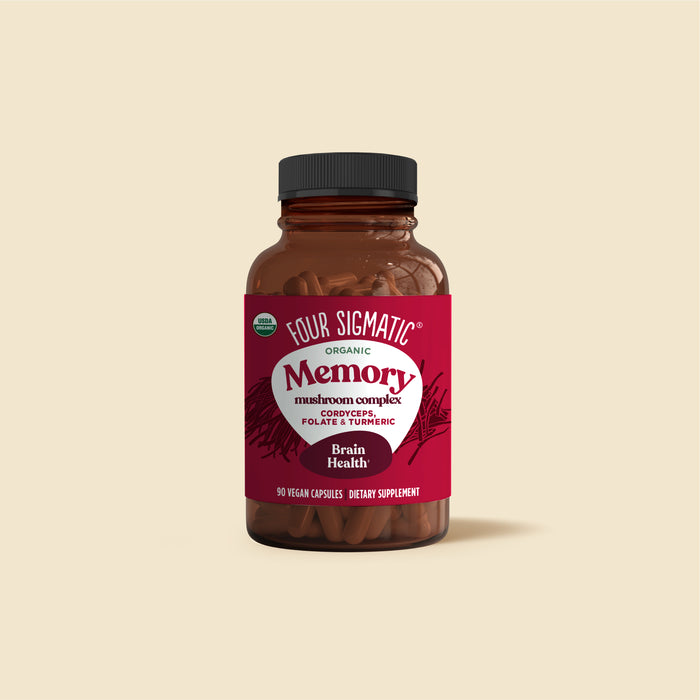
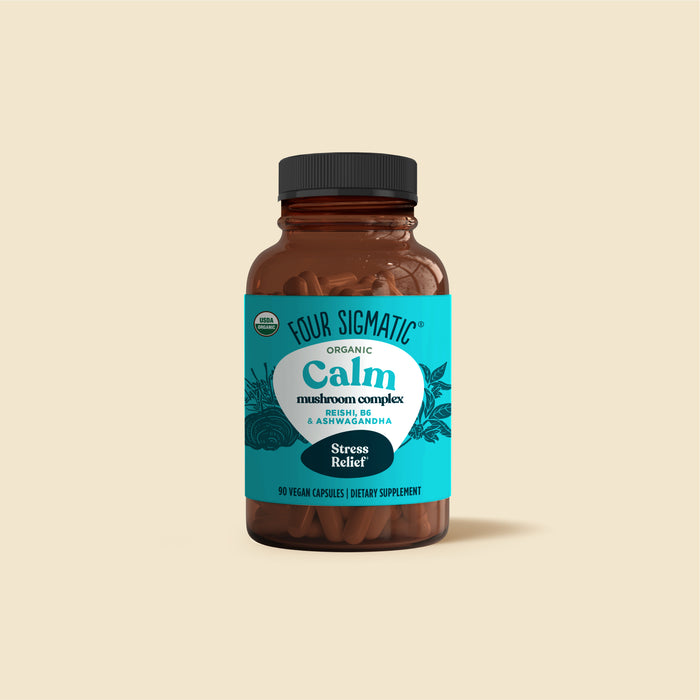
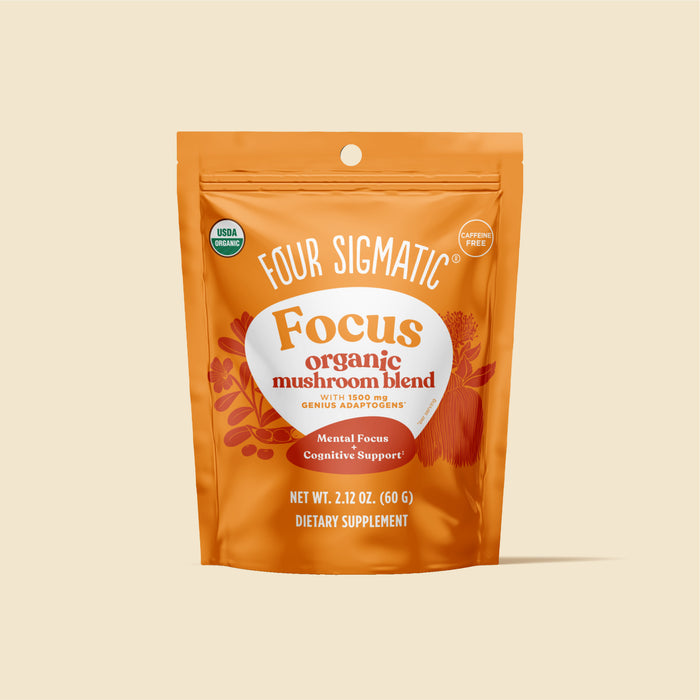
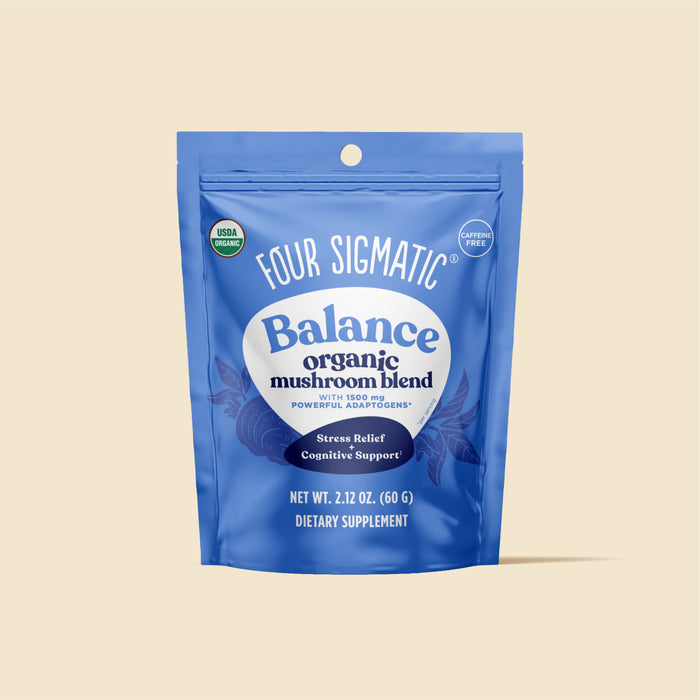
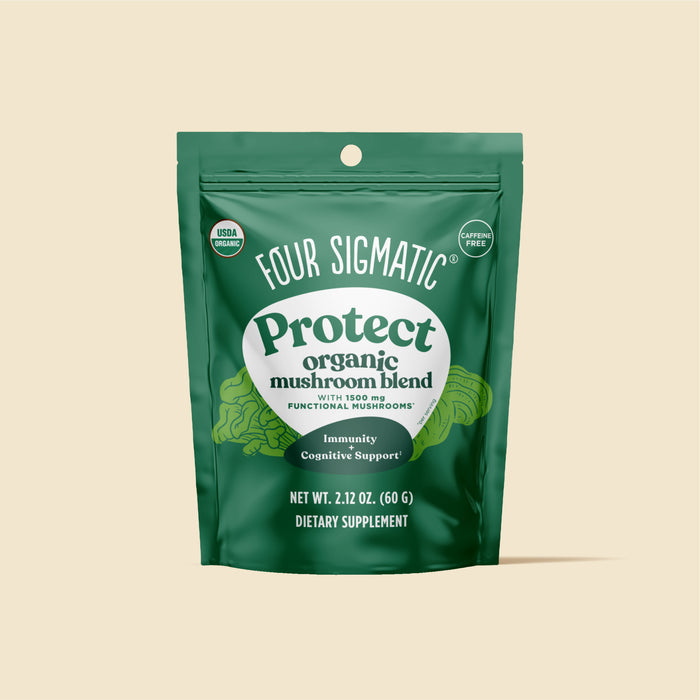
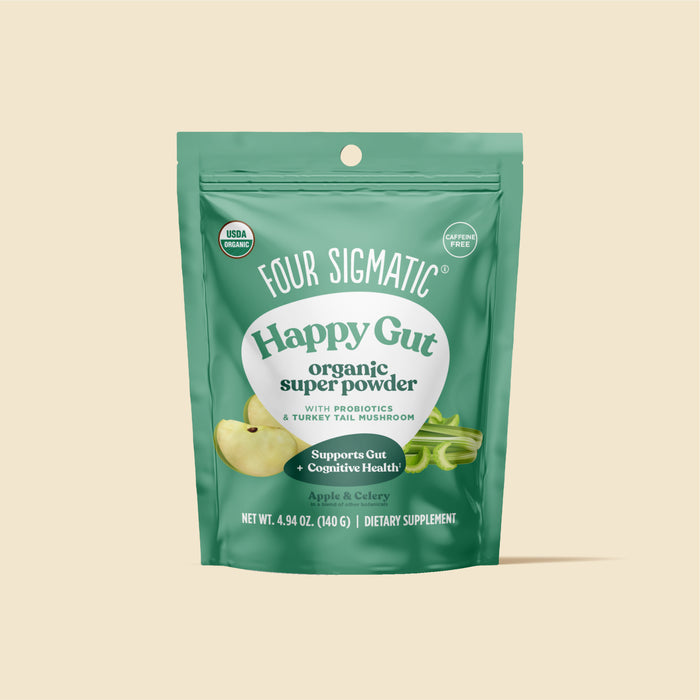
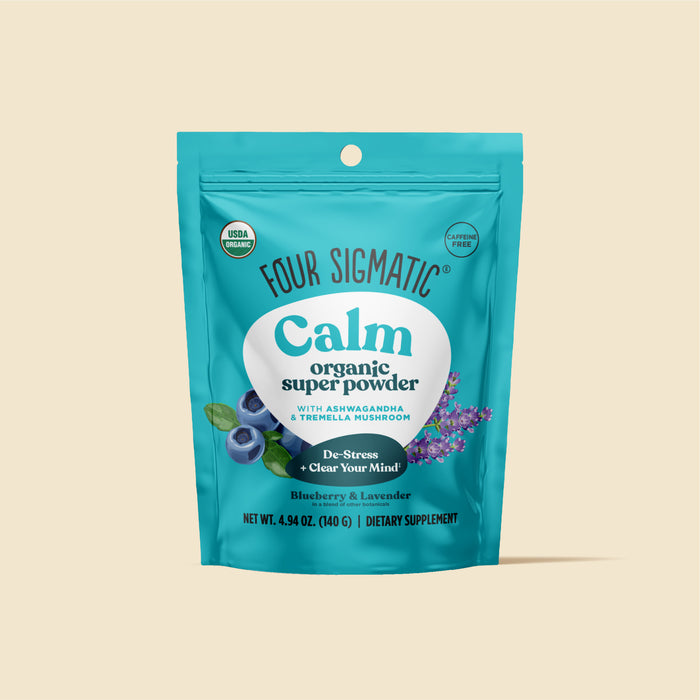
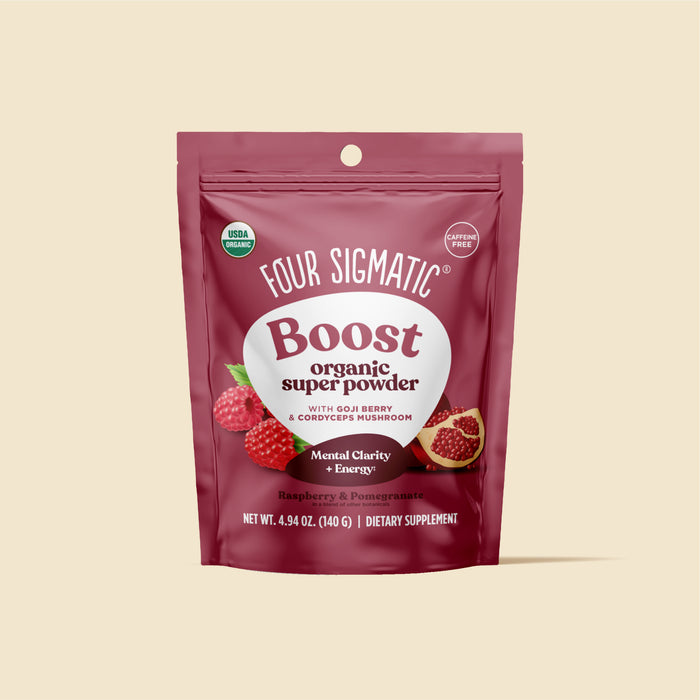
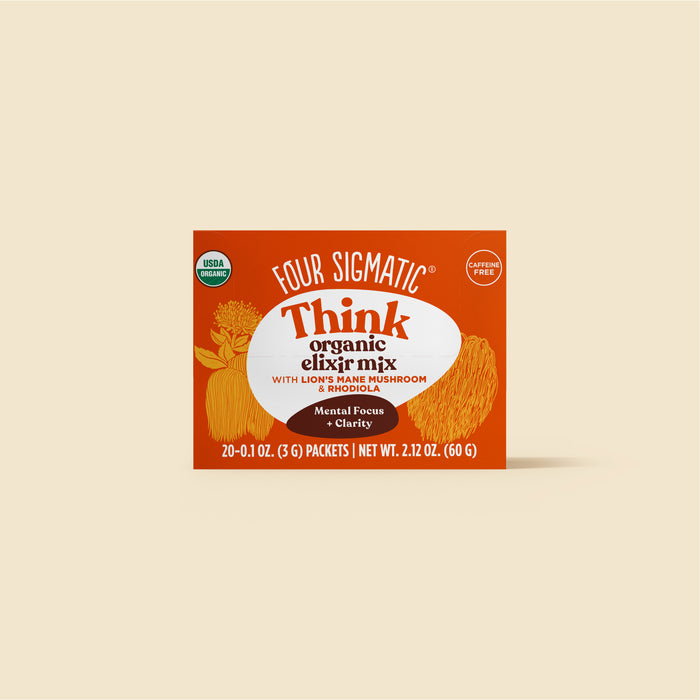
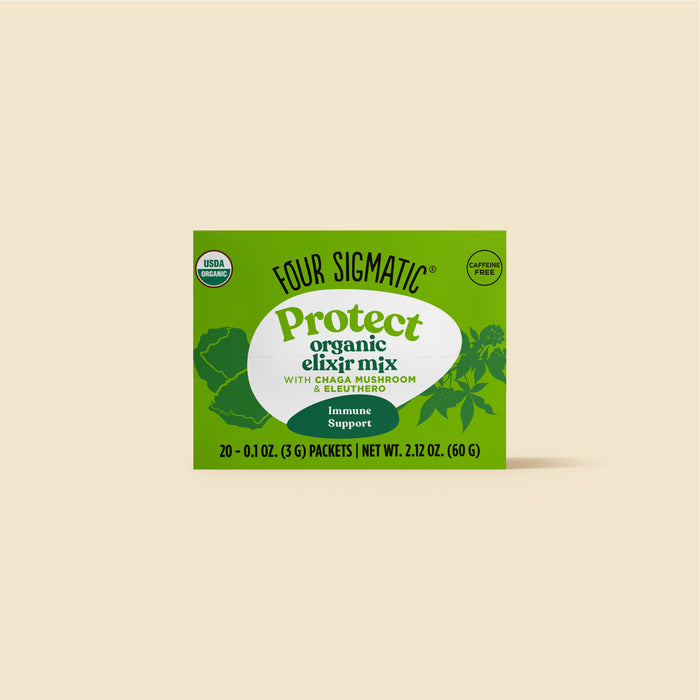
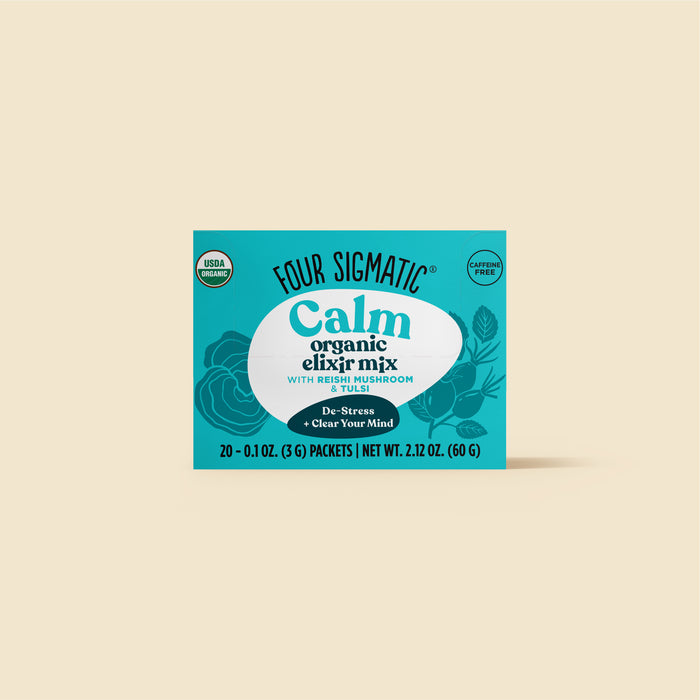
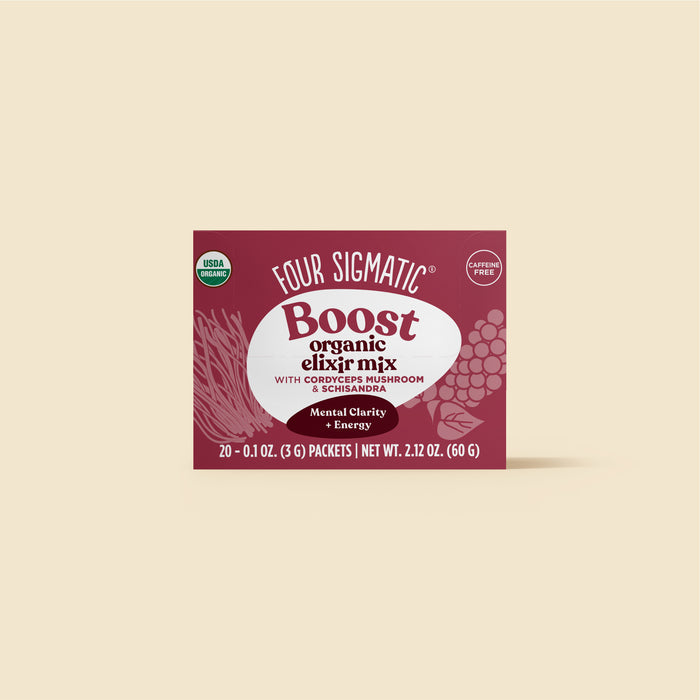
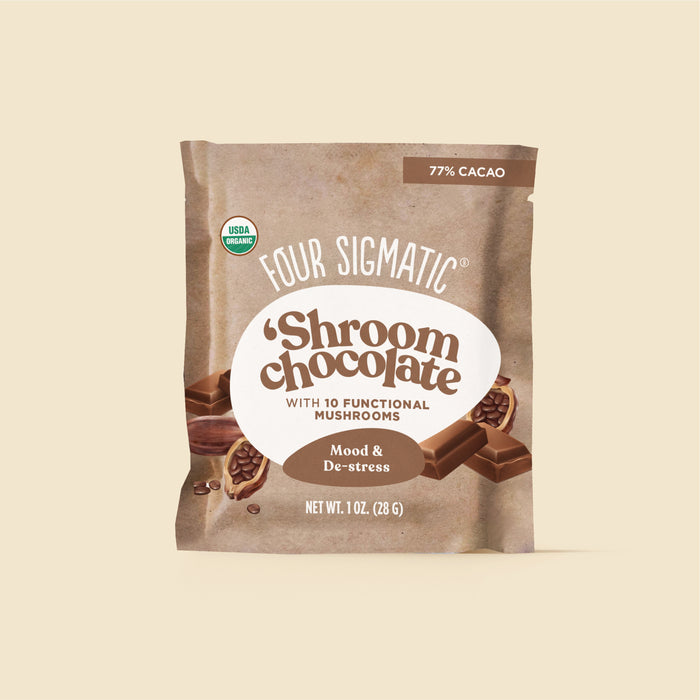
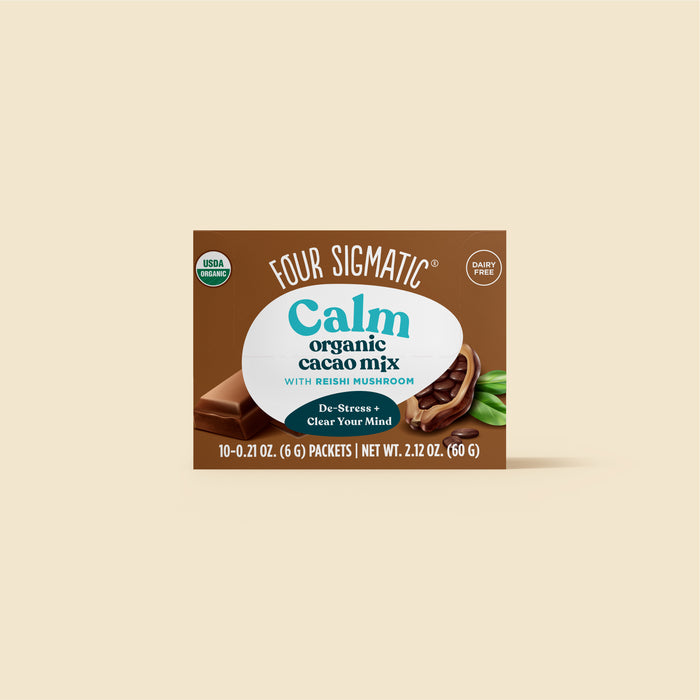
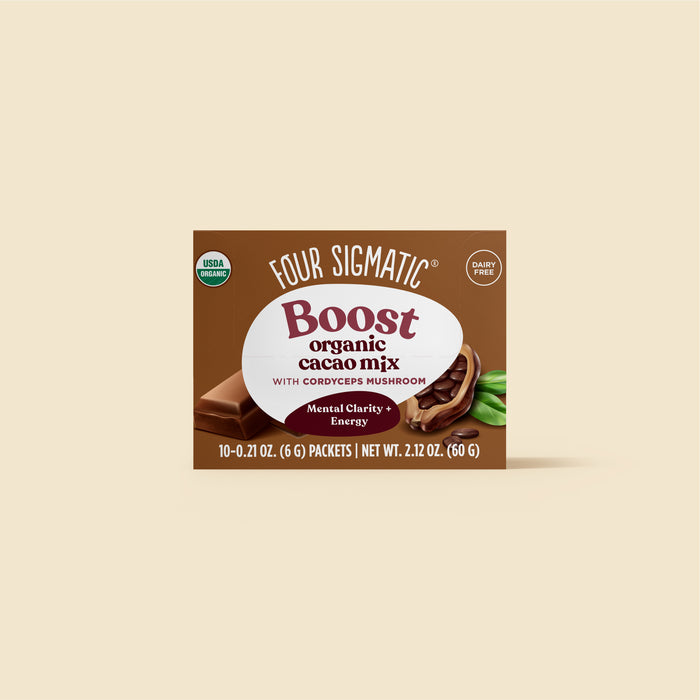

 Starter Kits
Starter Kits

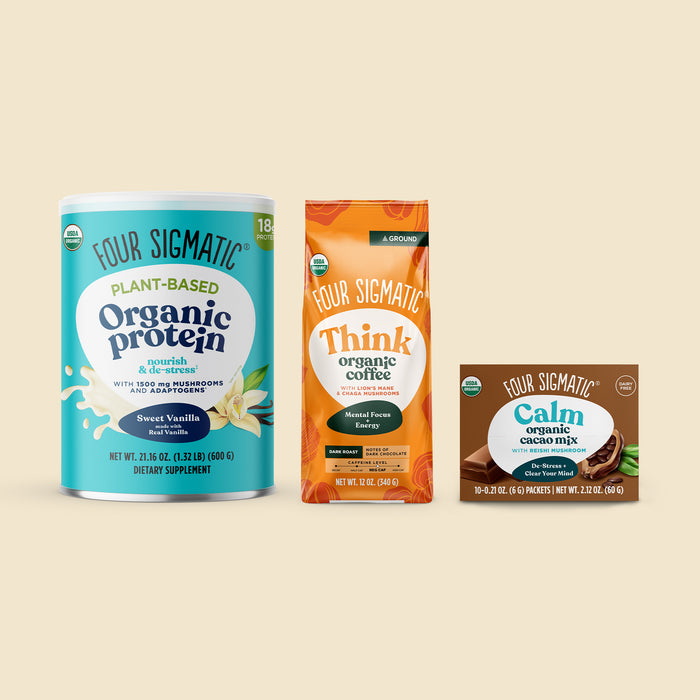
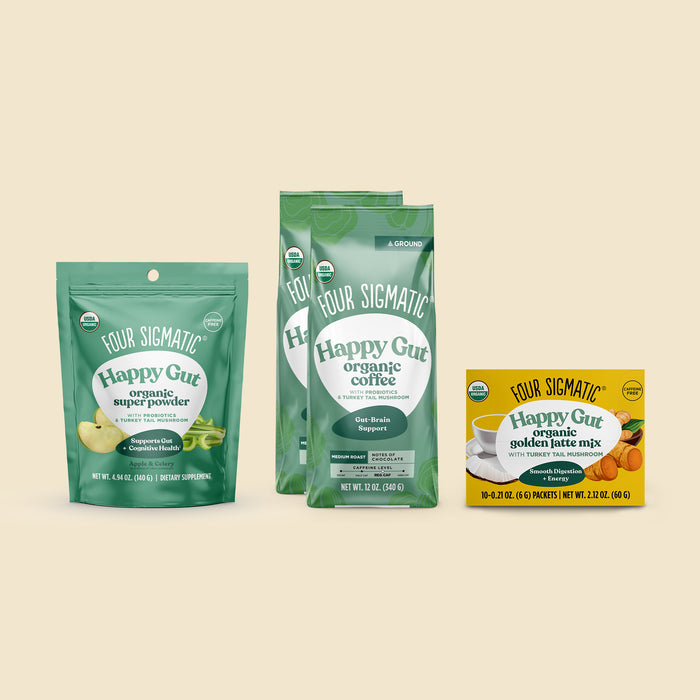
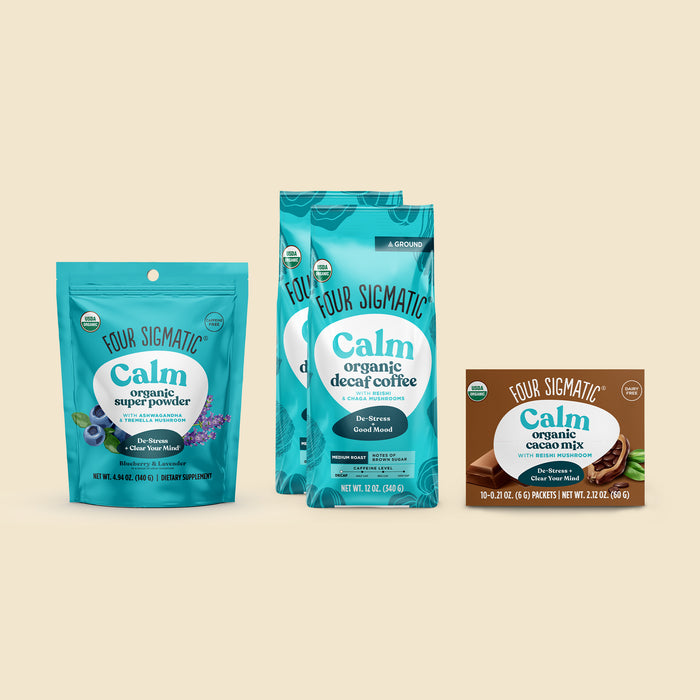
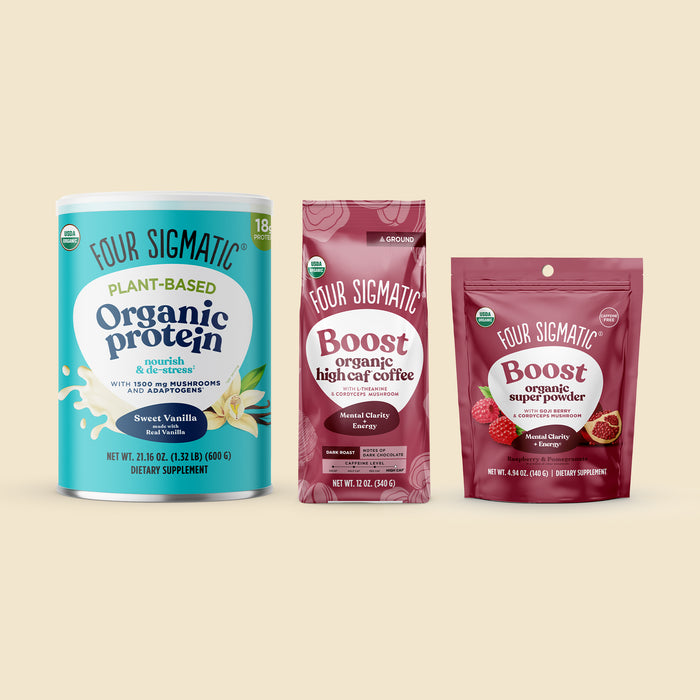
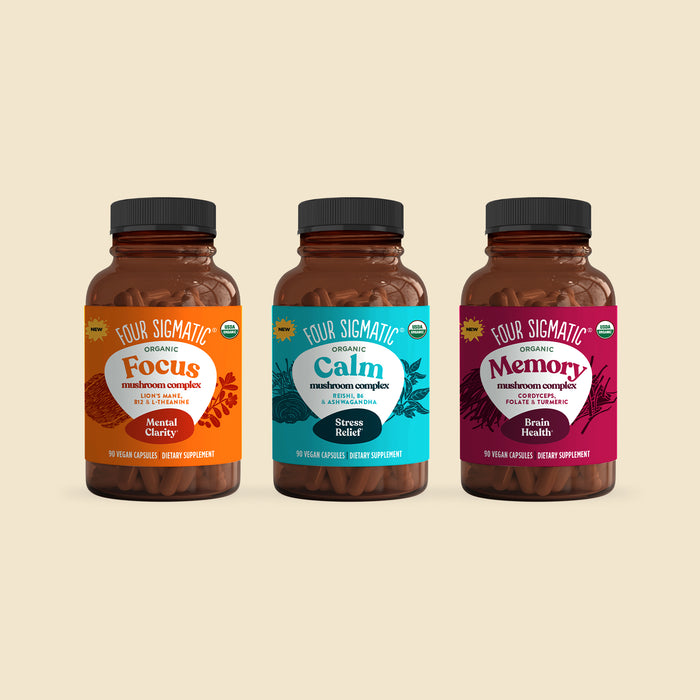
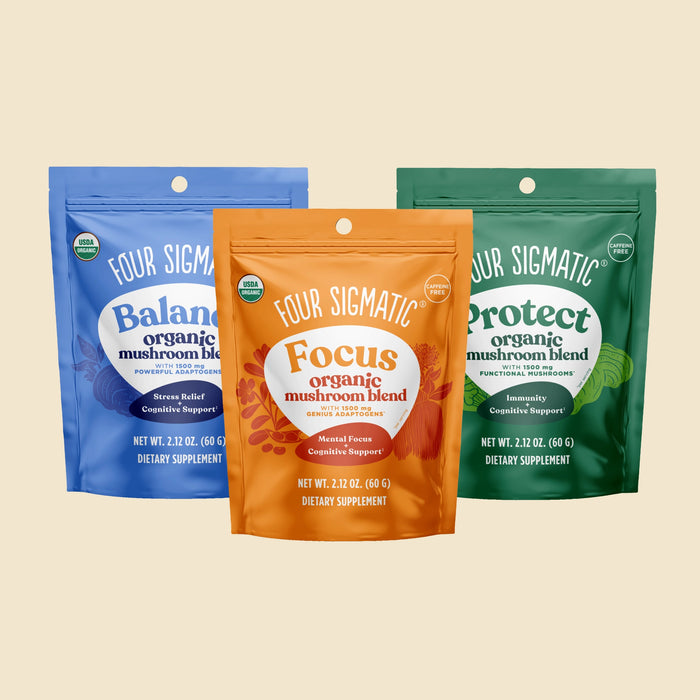
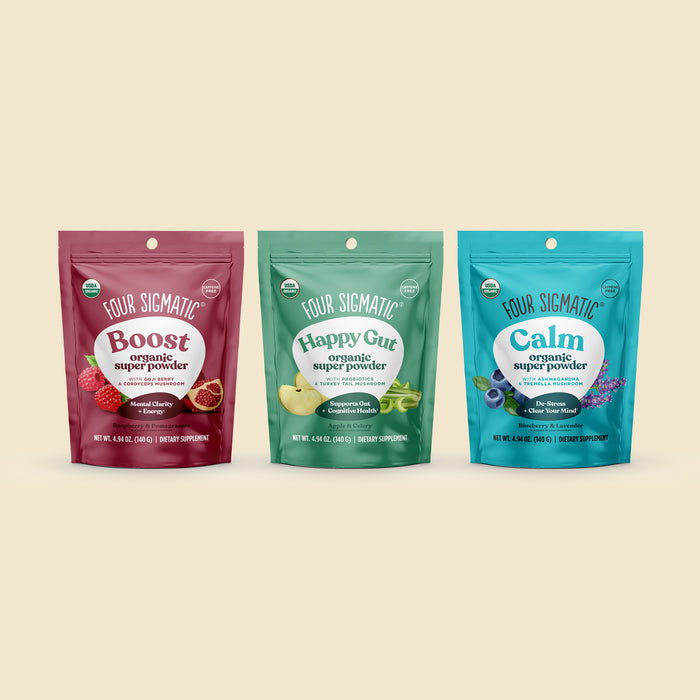
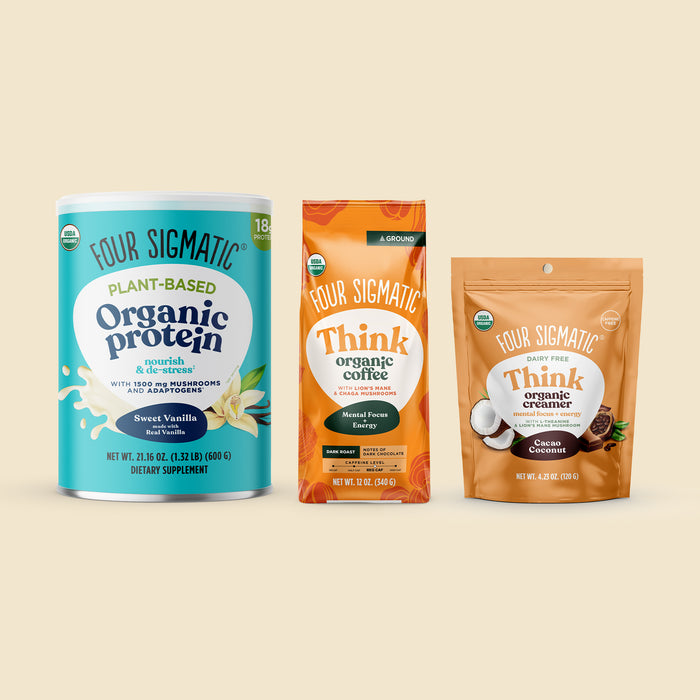

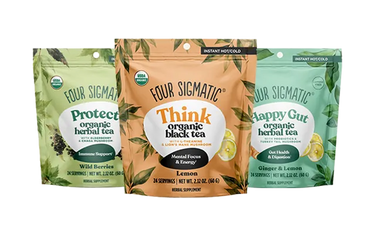 Instant Teas
Instant Teas

